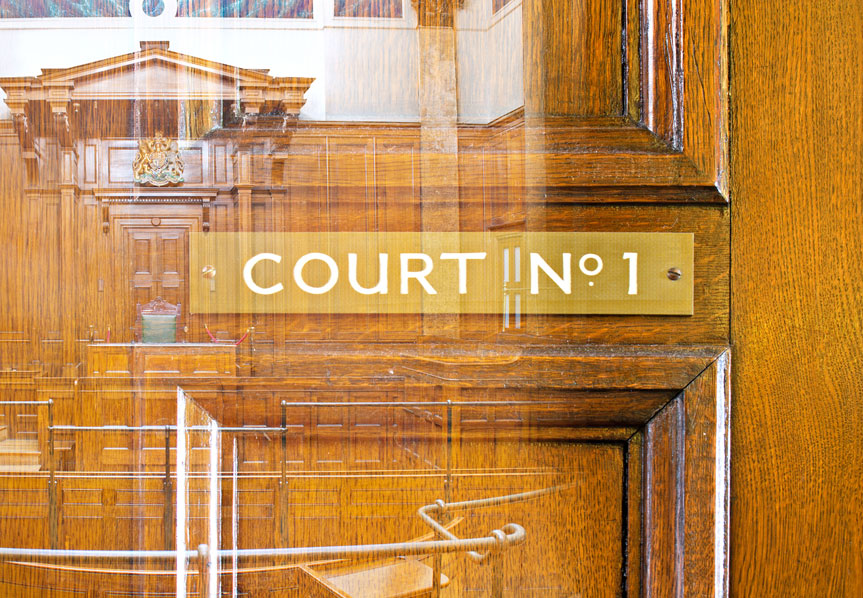Since 30 January 2023, for the first time, journalists have been able to report on family court proceedings as part of a new pilot in a ‘big cultural change’ to the Family Division. The hope is that the Transparency Reporting Pilot, to be conducted in Leeds, Carlisle and Cardiff, will improve transparency and accountability.
Mrs Justice Lieven said ’This is fundamentally about two things, promoting public confidence in the family justice system and promoting accountability’. She added that journalists being unable to report on family court cases ‘has a major impact on the open justice principle’ and journalists in court would ‘improve standards.’
Initially, court applications and placement applications made within public law proceedings will be open to reporting and, at a later stage, private law children cases may also be reported on. Remote hearings will also fall under the Transparency Reporting Pilot. However, reporting will be allowed only by accredited journalists and legal bloggers.
A transparency order will define what can or cannot be reported. The media will need to preserve the anonymity of the child, or children, involved in proceedings but legal representatives and judges, as well as the local authorities, are some of the details that may be reported under the transparency order. The transparency order may also allow documents created and submitted by lawyers to be released to the press - such as skeleton arguments, case outlines and position statements.
So, what does this mean for experts instructed within family proceedings?
Whilst it does not necessarily follow that the entirety of an expert’s report or a full transcript of their oral testimony will form part of a transparency order, experts should be aware that excerpts or references from both, as well as their name could be included within skeleton arguments, case outlines and position statements and other documents within the court bundle, which could then be released to the press as part of the transparency order. Of course, prior to the creation of transparency orders, experts have been identified within family proceedings if their role or conduct is relevant to the outcome of the case or is worthy of mention in a judgment.
Author, Francesca Burfield
This article was published on 13 February 2023


